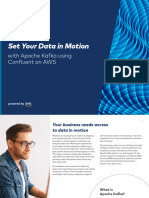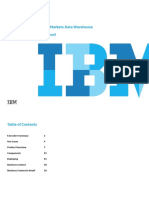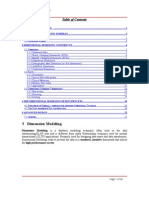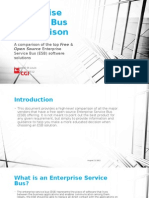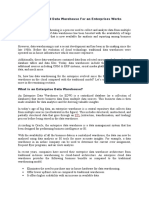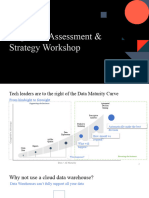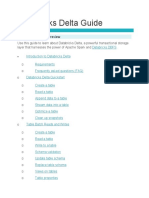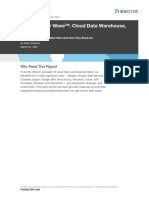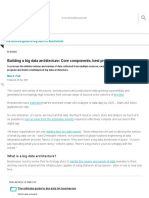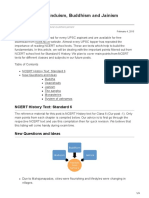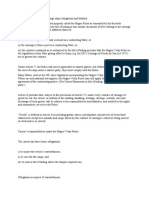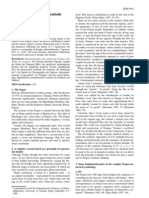100% found this document useful (1 vote)
2K views53 pagesData Engineering Design Patterns
The document discusses data engineering patterns and principles, emphasizing the importance of standardization and leveraging existing knowledge to improve engineering processes. It outlines the hierarchy of needs for data projects, including tools, architecture, and culture, while also addressing challenges in data ingestion, storage, and preparation. Additionally, it highlights the significance of adopting DataOps practices and the Last Responsible Moment principle in cloud analytics.
Uploaded by
Ravi SankarCopyright
© © All Rights Reserved
We take content rights seriously. If you suspect this is your content, claim it here.
Available Formats
Download as PDF, TXT or read online on Scribd
100% found this document useful (1 vote)
2K views53 pagesData Engineering Design Patterns
The document discusses data engineering patterns and principles, emphasizing the importance of standardization and leveraging existing knowledge to improve engineering processes. It outlines the hierarchy of needs for data projects, including tools, architecture, and culture, while also addressing challenges in data ingestion, storage, and preparation. Additionally, it highlights the significance of adopting DataOps practices and the Last Responsible Moment principle in cloud analytics.
Uploaded by
Ravi SankarCopyright
© © All Rights Reserved
We take content rights seriously. If you suspect this is your content, claim it here.
Available Formats
Download as PDF, TXT or read online on Scribd
/ 53



